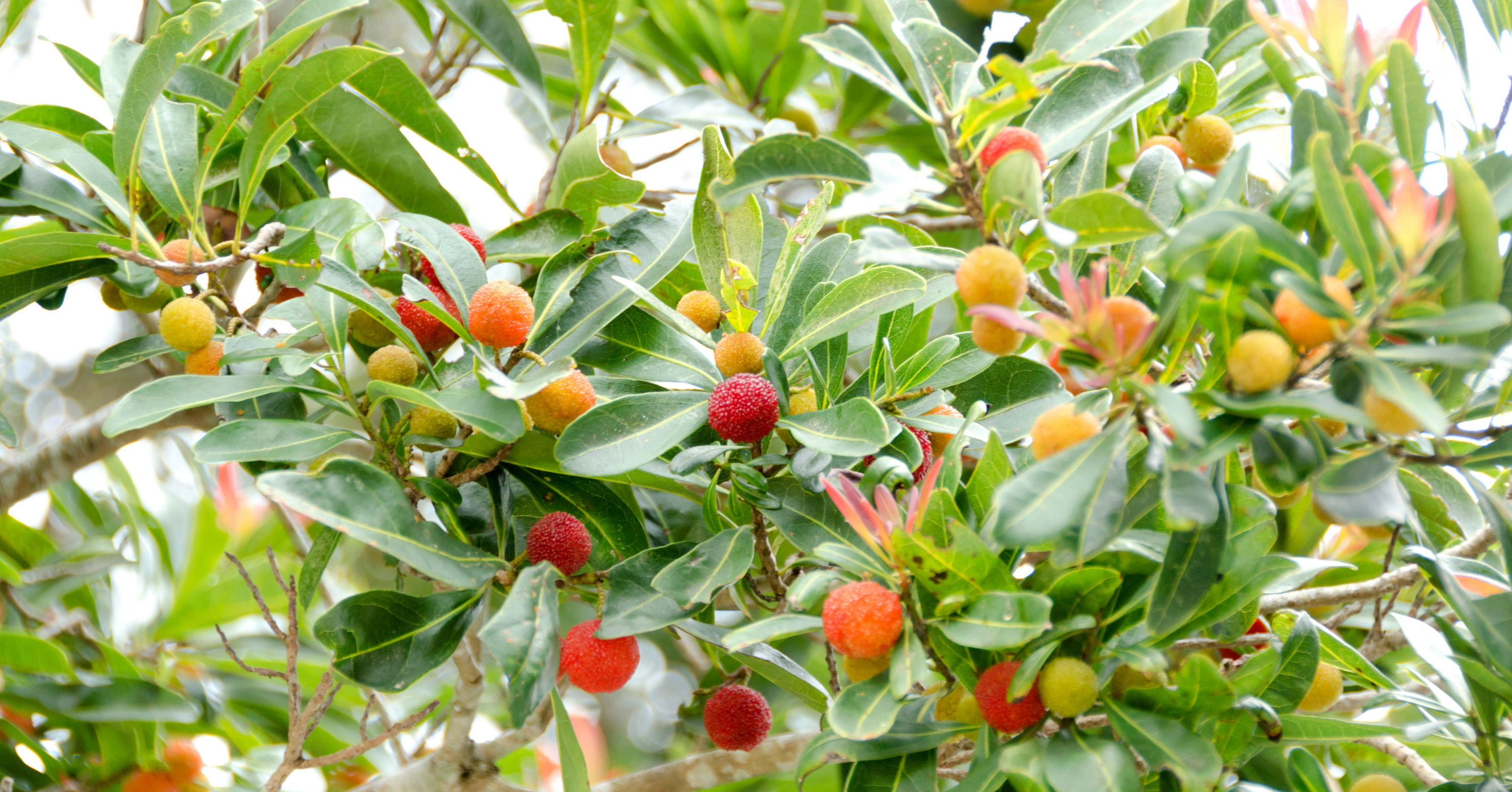Bayberry Candle History

Bayberry candles, also known as 'myrtle wax' candles, have been a part of many households for centuries. Dating back to Puritan New England in the 17th century, bayberry candles were believed to bring good luck, wealth, and prosperity to a home. The candle was made from the wax-like coating of the fruit of the bayberry shrub, which grows in abundance in the Eastern United States.
To make a bayberry candle, the berries were harvested, boiled in water, and strained. This left a wax-like coating that was then melted, poured into molds, and allowed to cool and harden. The resulting candles were known for their bright greenish-gray color, from which the phrase “a bayberry candle burned to the socket” originated.
The tradition of burning bayberry candles was a symbol of good luck and prosperity. In some households, it was customary to light a bayberry candle every Christmas Eve and New Year’s Eve. This ritual was believed to bring good luck and fortune to the family for the coming year.
Today, bayberry candles are still popular for their unique color, fragrance, and history. The tradition lives on for many households around the United States of America.















